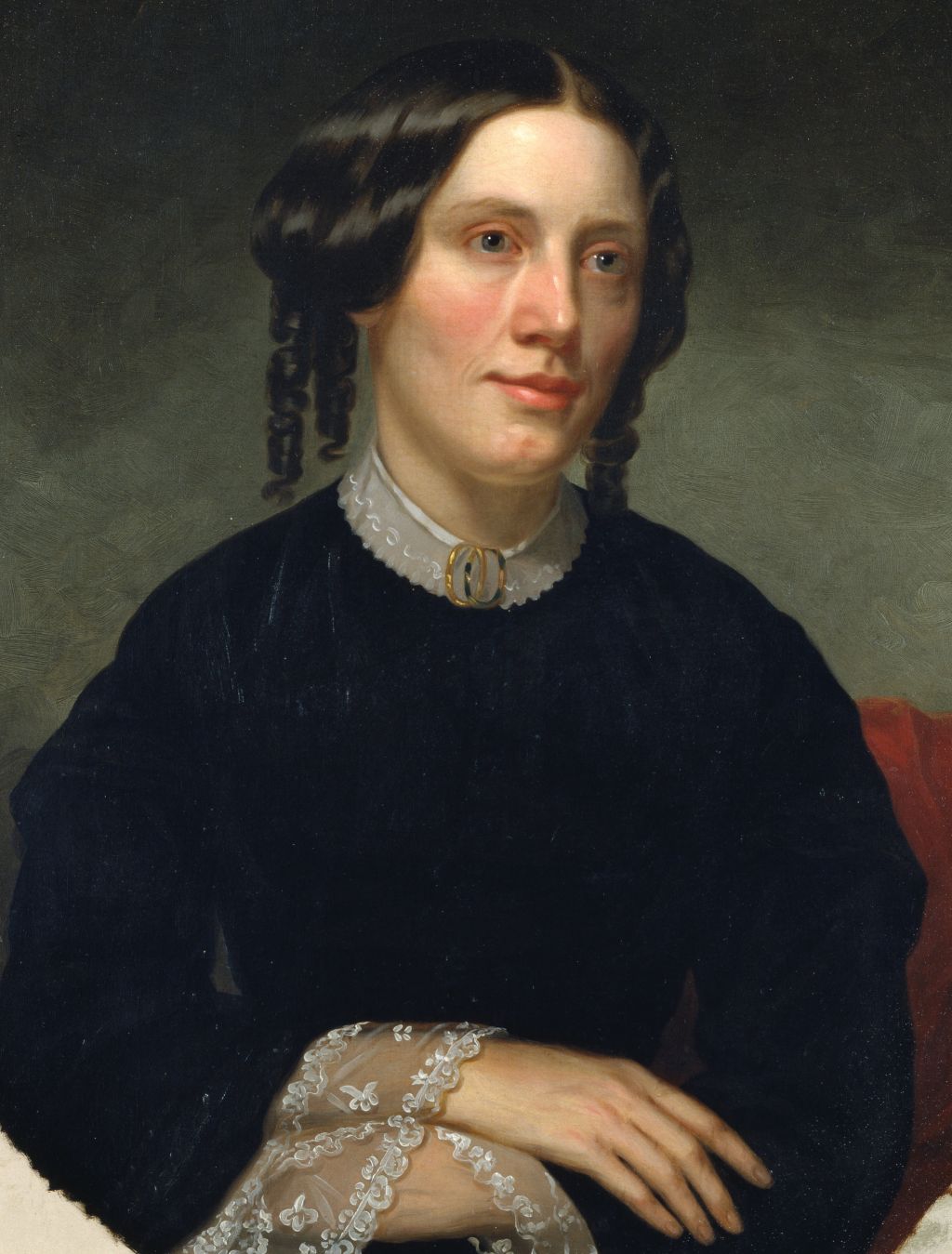Authors:
Historic Era: Era 5: Civil War and Reconstruction (1850-1877)
Historic Theme:
Subject:
Winter 2020 | Volume 64, Issue 1


Authors:
Historic Era: Era 5: Civil War and Reconstruction (1850-1877)
Historic Theme:
Subject:
Winter 2020 | Volume 64, Issue 1

Editor’s Note: David S. Reynolds is Distinguished Professor at the City University of New York, winner of the Bancroft Prize, and author or editor of 15 books about American history, literature and culture, including Walt Whitman's America and Mightier than the Sword: Uncle Tom's Cabin and the Battle for America, from which portions of this essay were adapted.
0n January 1, 1863, Harriet Beecher Stowe attended a concert held at the Boston Music Hall in celebration of Abraham Lincoln’s expected signing of the Emancipation Proclamation. Of the many galas held in the North that historic day, this one was especially impressive. Among the crowd of three thousand were Emerson, Longfellow, Whittier, Francis Parkman, and Oliver Wendell Holmes.
Two weeks earlier, Stowe had written her friend Charles Sumner, chair of the Senate Foreign Relations Committee, “Everybody I meet in New England says to me with anxious earnestness. Will the President stand firm to his Proclamation?“
The answer came during intermission at the Music Hall event. A speaker announced that the news had come over the wires that the president had signed the Proclamation, freeing millions of slaves in states disloyal to the Union. The hall erupted with applause, shouts, and handkerchief-waving. Three cheers went up for Lincoln. Three more followed for William Lloyd Garrison, mingled with hisses from those still hostile to the controversial abolitionist.
When Stowe was spotted in the balcony, a new chant swept through the hall: “Harriet Beecher Stowe! Harriet Beecher Stowe! Harriet Beecher Stowe!” Urged forward by those seated near her, her bonnet toppling off, she went to the railing, bowing and waving to the throng.
At that moment, the plain fifty-one-year-old Stowe, just five feet tall, was the most famous woman in America. Her wide-set eyes, which normally had a distant dreaminess, sparkled with emotion as tears flowed down her cheeks and her ample mouth broadened into a grin. Her aquiline nose gave her face a firm dignity that was softened by her gently sloped forehead and round cheeks framed by graying curls.
The crowd, convinced that she had helped make this moment possible, was responding to the torrent of energy unleashed by Stowe’s anti-slavery best-seller Uncle Tom’s Cabin; or, Life among the Lowly, published a decade earlier.
Did Lincoln feel this way about the novel, too? A month before the Boston event, Stowe had visited him in the White House to urge him to sign the Proclamation. His alleged greeting of her — “Is this the little woman who made this great war?” — is the most famous statement ever made about Uncle Tom’s Cabin. Whether he actually said it is moot. In his era, many claimed that Stowe had brought on the Civil War.
Surprisingly, this crucial topic has